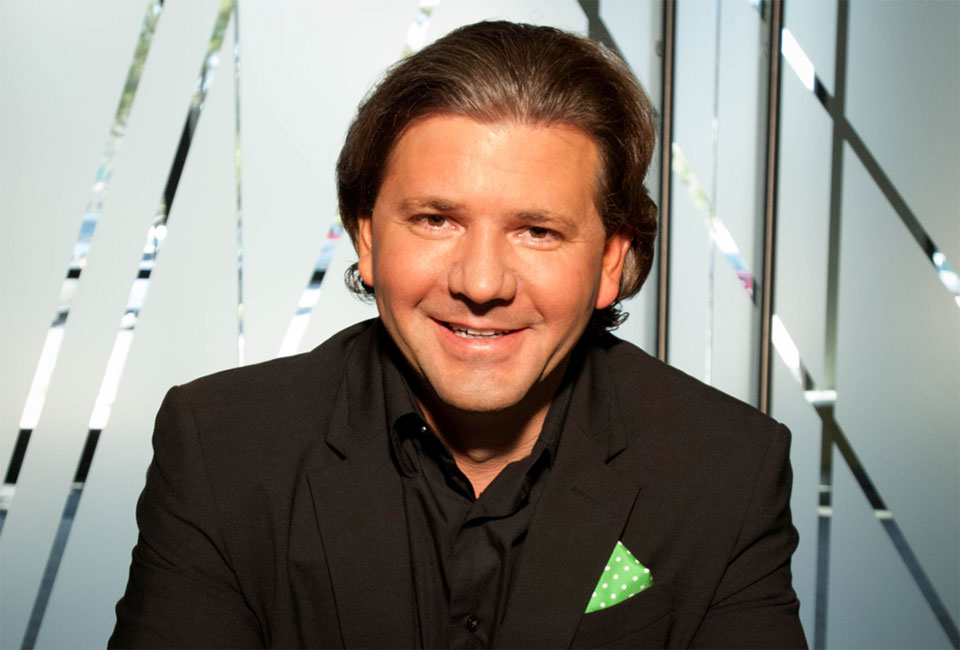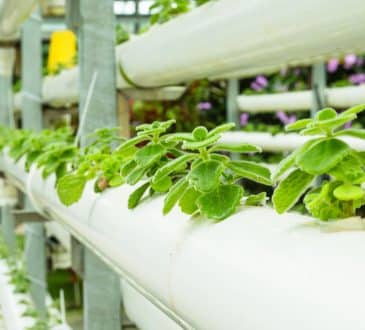Fighting Climate Change … with Graphene

The fight against climate change has been an arduous one, but one that scientists and researchers are determined to win. Pushes for clean energy and environmentally sustainable practices on an individual, organizational, and societal level have led to many countries taking serious consideration to reducing carbon emissions. The United States currently leads the world in reducing carbon dioxide output, with a 1.4 percent annual rate of decrease over the past decade.
However, global CO2 emissions have continued to rise overall. According to NASA, 2018 was the fourth warmest year since 1880, continuing the prominent warming trend of the past five years, which are collectively the warmest years in modern record. Climate change hangs heavy over the world, though it’s evident that we are making strides to correct this issue. Researchers have particularly been looking to various nanomaterials to create technologies to mend the wounds of climate change, and foremost among these is graphene.
Graphene, a super-thin layer of graphite, has been on the rise for more than a decade now, after having been officially discovered in 2004 by scientists Andre Geim and Konstantin Novoselov. Its capabilities are nothing short of incredible: graphene is a single atomic layer in thickness, but is stronger than steel, conducts heat better than copper, conducts electricity better than silicon, and has a number of other properties that have led scientists to call it “the wonder material.”
Because it is so thin, graphene is an ideal material to create membranes for chemical and gas filtration, and could lead to significant reductions in carbon dioxide emissions, one of the primary culprits of climate change. Graphene is normally impermeable to all standard gases, but some researchers have found a way to use this to their advantage.
Experiments performed by engineering faculty and graduate students at the University of Colorado Boulder have demonstrated that graphene membranes could separate gas molecules by using ultraviolet light-induced oxidative “etching” to create tiny pores that selectively allow for sieving of various gases based on size. According to the researchers, graphene works well as a membrane because it’s durable, but doesn’t require much energy to push molecules through it.
This discovery could very well lead to the creation of other energy-efficient membranes to be used in areas like power plants, where graphene membranes can help filter out and reduce carbon emissions from exhaust pipes.
Scientists at the CSIR-Indian Institute of Petroleum and the Lille University of Science and Technology in France have developed a nanomaterial that can not only filter CO2, but also harvest it for use in other areas. The nano-carbon dioxide harvester is made from spheres of copper zinc oxide and magnetite, then wrapped in a graphene oxide membrane to selectively gather carbon dioxide. It then uses water and sunlight to convert the gathered CO2 into methanol, which can then be used as fuel, an antifreeze agent, or as a solvent to help create inks, dyes and adhesives.
Aside from its use as a membrane, graphene can also fight climate change by reducing the carbon dioxide released from concrete and cement. Cement-making is responsible for 6 percent of global carbon emissions; the chemical process for creating these materials involves the break up of limestone, which releases carbon dioxide as a result. But by incorporating graphene into the mix to create a greener version of concrete, the amount of carbon released can be drastically reduced.
Researchers at Exeter University created a nano-additive made from graphene and dispersed it in water. When including the additive into the usual concrete-making process, it creates a cement paste that results in concrete that is just as strong. This process would help cut CO2 output by approximately 446 kilograms per ton, and would ultimately use 50 percent less concrete.
Graphene’s capabilities can truly do wonders for climate change. But as has been the case for many years, there are certain obstacles the material must overcome before it can begin to have a widespread impact on any industry, much less save the planet. Naturally occurring graphene reserves are few and far between, which has made mass production an attractive alternative. Unfortunately, an effective and scalable method for producing graphene on a large scale has been difficult to find. For context, the scientists who discovered graphene did so by peeling layers off of graphite using tape until a single layer remained.
But researchers are motivated to find working methods to mass produce graphene. MIT researchers recently discovered a way to produce a continuous roll of graphene foil by borrowing a common industrial process for thin foils called the “roll-to-roll” approach. They then combined this method with the typical method used to produce graphene, chemical vapor deposition (CVD), where copper foil is fed into a heated tube and then mixed with methane and hydrogen gas. The end product is a roll of graphene foil. The scientists at MIT were able to produce 10 meters of graphene foil in four hours, suggesting the system has strong potential for mass production.
Once the hurdles associated with large-scale graphene production have been overcome, we’ll have a powerful weapon to wield in the fight to save the environment. Graphene’s unique ability to reduce carbon emissions — and turn it into a source of fuel — makes it uniquely qualified to mend the planet’s wounds. There may not be a short-term fix when it comes to reversing climate change, but any advancement that tilts the odds so heavily in our favor is certainly worth our consideration.
Have you read?
World’s Best Countries For Investment In E-commerce And Digital Sector.
World’s Best Countries In Which To Start A Career.
World’s Most Expensive Countries To Live In.
World’s Best Countries For Health Care Systems.
Bring the best of the CEOWORLD magazine's global journalism to audiences in the United States and around the world. - Add CEOWORLD magazine to your Google News feed.
Follow CEOWORLD magazine headlines on: Google News, LinkedIn, Twitter, and Facebook.
Copyright 2025 The CEOWORLD magazine. All rights reserved. This material (and any extract from it) must not be copied, redistributed or placed on any website, without CEOWORLD magazine' prior written consent. For media queries, please contact: info@ceoworld.biz








